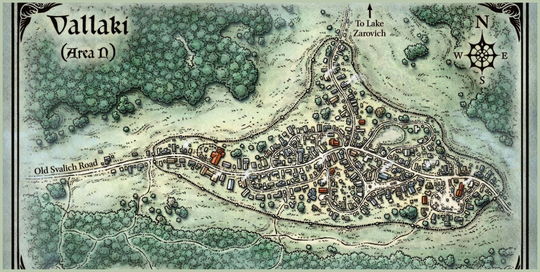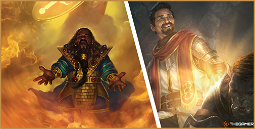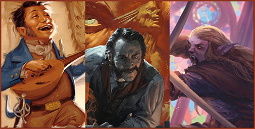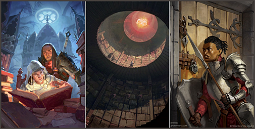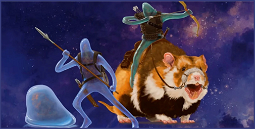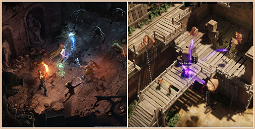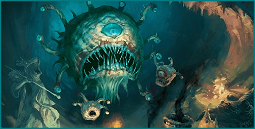A hexcrawl: Exploring the D&D world
A Hexcrawl is one type of overland travel in Dungeons & Dragons. Overland travel is how you get between cities and dungeons, across continents, and even through the planes. A hexcrawl is one way to model exploration in your D&D campaign. It’s a great way to game more realistically, and a lot of people are talking about them again. Here’s what you need to know.
Understanding the concept of a D&D hexcrawl
A hexcrawl is a type of overland travel in which the players move through a landscape made of hexagonal shapes. The term comes from the roleplaying game Web of Darkness, which coined it, and it’s been a part of D&D since the beginning. However, over time, it has become less important, and many players expect their DMs to plonk them in a city and get straight to dungeon crawling.
It’s time to bring back the hexcrawl. More DMs are realizing the importance of exploration, and there are plenty of easy ways to run it if you don’t want to design your own hex map. If you do want to design one for yourself, though, here are some tips to help you get started.
Designing your own D&D hexcrawl
There are a few ways to run a hexcrawl in D&D, but the best way to design one is to do it yourself. You can follow a premade adventure with a hexcrawl section, or you can use fanmade remakes of classic adventures. However, designing it yourself will give you the most satisfaction, and every dungeon master should try it at least once.
First, you’ll need a hex grid. You can make your own, or you can use a fan-made set such as this one on DM’s Guild. In any case, it’s important to note how big each hex is – that is, how many feet or squares it takes up. The Dungeon Master’s Guide suggests three possible scales: Province, Kingdom, and Continent. Each serves a purpose, but it’s recommended that you stick with the Kingdom scale map.
You can use these guidelines to help you design your D&D hexcrawl:
If you’re really keen to get into the nitty gritty of designing your own, you can check out this guide by Critical Role’s Taliesin Jaffe. It’s a little over the top, but you might find it inspiring.
Hexcrawl adventures
If designing a hexcrawl map isn’t your thing, you can always use one of these options:
